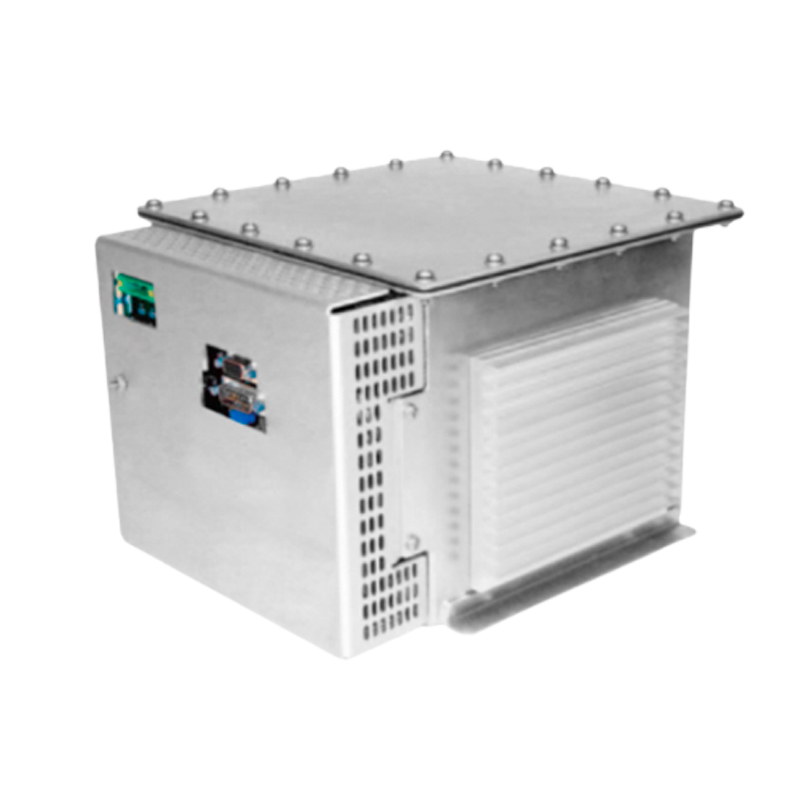New Breakthroughs in Ultra-Low Frequency High Voltage Generators
Introduction
As a core equipment in high-voltage testing, ultra-low frequency (ULF) high voltage generators have recently demonstrated unique advantages in power equipment detection, materials research, and medical applications. Traditional power-frequency testing devices suffer from bulky size and low testing efficiency, while the latest ULF high-voltage technology achieves dual breakthroughs in testing accuracy and portability through innovative topological structures and control methods. This article systematically analyzes the latest advancements and application value of this technology.
Key Technological Breakthroughs
1. Novel Power Topology
A hybrid topology combining multilevel inversion with resonant conversion extends the operating frequency range to 0.01-1Hz. The cascaded H-bridge structure enables precise voltage grading, while the LLC resonant network reduces switching losses, maintaining output voltage ripple below 0.5%. Experimental data shows 92% efficiency at 0.1Hz, representing a 15% improvement over conventional solutions.
2. Adaptive Control Algorithm
A deep reinforcement learning-based dynamic tuning system real-time monitors load characteristic variations. By online identification of capacitive load equivalent parameters, the system automatically optimizes modulation strategies, maintaining ±1% voltage stability even at 0.05Hz ultra-low frequencies. This algorithm proves particularly effective for time-varying load scenarios like cable aging tests.
3. Composite Insulation Technology
An innovative nano-aerogel/polyimide film composite insulation structure achieves partial discharge levels below 5pC across -40°C to 85°C. Three-dimensional electric field simulation-optimized electrode shapes reduce 200kV-class equipment volume by 40% and weight to one-third of conventional devices.
Typical Applications
1. Power Equipment Diagnostics
In XLPE cable withstand voltage testing, 0.1Hz ULF voltage effectively detects water tree defects, reducing testing time from hours to minutes. Field tests demonstrate ±50m defect localization accuracy for 10km-long cables.
2. Advanced Materials Research
Provides quasi-static electric fields for polymer dielectric testing, revealing material polarization relaxation characteristics through 0.01Hz ultra-slow scanning. Research institutions have successfully observed interfacial charge transport in novel insulating materials using this equipment.
3. Medical Electronics
Portable neurophysiological research devices developed for transcranial magnetic stimulation applications. 0.5Hz ULF high-voltage pulses precisely regulate neuronal firing thresholds, offering new therapeutic approaches for neurological disorders.
Future Development Directions
Next-generation technologies will focus on three dimensions:
1) Intelligent diagnostics: Integrating partial discharge monitoring with AI-based fault prediction
2) Energy efficiency: Developing high-efficiency topologies using wide-bandgap semiconductors
3) Multi-physics coupling: Achieving electromagnetic-thermal-mechanical field co-optimization
Conclusion
The technological innovation of ULF high voltage generators is reshaping the landscape of high-voltage testing. With deepening integration of novel topologies and intelligent control technologies, these devices will play increasingly important roles in power safety, scientific research, and healthcare, providing critical support for technological advancement in related industries.




















